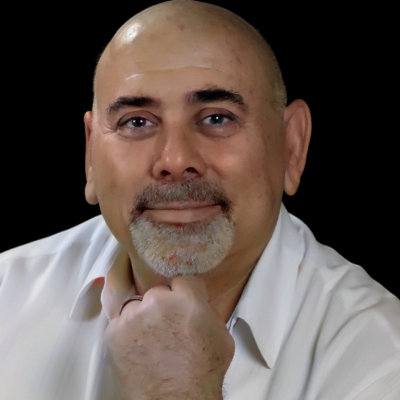As a baby-boomer market manager, the generational differences in the workplace continue to become increasingly more visible. I don’t always understand these differences, but in truth, a good manager only needs to recognize and respect them.
Let’s face it, we have all seen the videos poking fun of various generations. A few years ago, it was this very entertaining Millennial International Charity parody. Back in the day (although whatever day that refers to is always unclear), the core values of the office workplace were all very much the same. Ok, maybe they weren’t all the same, but everyone at least had to pretend since human resources wasn’t even a real thing yet, and managers could fire you just for a bad haircut! Things are quite a bit different today, exhibited in this very amusing Gen Z Interview Video.
All this brings us to the need for some form of office-driven team building, which has become more important than ever. As workplace dynamics evolve, with many operating in traditional offices and/or transitioning back from remote work, the need for a strong collaborative, trusting space within teams has intensified. While traditional team-building activities like retreats and workshops are still valuable, today’s in-office culture seems to rely on flexibility, open communication, emotional intelligence, and the power of face-to-face interaction.
I believe that I personally operate best in an office environment because of the specific advantages that encourage collaboration and daily in-person engagement with co-workers. I have worked in a few remote situations over my career. I find them more challenging when trying to build relationships, while an office seems more natural and tends to build trust more quickly. An office allows impromptu brainstorming sessions, problem-solving, and some much-needed casual conversations. I will, however, agree that it also tends to include way too many meetings.
I have learned that the best form of team building focuses on one-on-one interaction and can be very effective. Activities such as problem-solving, collaborative workshops, or social events like lunches and outings encourage people to get to know each other far better than virtual meetings or events could. Obviously, anything that yields smoother working relationships and improved teamwork is best for productivity and the greater good.
We have a lunchroom here in the building where many gather for a true, traditional lunch. Whether they bring lunch or go out to get it, they come in, sit down, and share thirty minutes to an hour with one another. I believe encouraging that time with employees helps achieve the goal, versus those who eat at their desks. Even coffee breaks help nurture relationships and keep team members engaged and connected.
Something many forget is ensuring that everyone is heard and valued at the same level. Many corporations want to be sure their offices also focus on bringing in everyone’s unique perspectives. Effective initiatives in the office should involve highlighting awareness, empathy, and respect for different POVs. Exploring communication styles certainly helps strengthen both understanding and cooperation with an added advantage of immediate feedback and face-to-face dialogue.
Another relatively new addition to team building is the importance of EQ (Emotional Quotient), which is commonly called Emotional Intelligence. In an office environment, EQ involves not only managing one’s own emotions but also awareness of others’ emotional cues during interactions. Evidence shows that building emotionally intelligent teams in the office boosts collaboration, reduces conflict, and increases overall productivity.
Recently, I have read more articles on promoting “emotional intelligence,” which really translates to encouraging self-awareness and empathy. This would include role-playing and mindfulness conversations aimed at helping people better understand emotional triggers, improving communication, and working on conflict resolution. In the end, it’s all a part of ensuring a culture of psychological safety in the office. It goes to something mentioned earlier regarding collaborative meetings and ensuring all have the freedom to speak up without fear of judgment. Managers can play an important part here by truly listening actively and rewarding respectful, honest, and open communication.
My suggestion is to look inside your office space. Talk to your team members openly, whether one-on-one or in group sessions. Ask if they feel like they are included and heard. Do they believe their opinions count, and do they feel they are free to offer an opinion—even if it’s different from the others and management. Explore what you can do as a manager to make them not only more productive but also feel more a part of a cohesive team.

Bob Lawrence serves as a Market Manager for Seven Mountains Media, overseeing the company’s Parkersburg, WV/Marietta, OH cluster. He has held virtually every position in the business over his 40+ year career, from being on-air in Philadelphia, San Diego, and San Francisco as well as programming legendary stations including KHTR St. Louis, KITS Hot Hits and KIOI (K101) San Francisco.
Bob also honed his research skills over ten years as Senior VP of Operations at Broadcast Architecture, eventually launching his own research company and serving as President/CEO of Pinnacle Media Worldwide for 15 years. Bob spent five years as VP of Programming for Saga Communications before joining New South Radio in Jackson, Mississippi as GM/Market Manager. Prior to joining Seven Mountains Media, Bob served as General Manager for the Radio Advertising Bureau, overseeing its “National Radio Talent System”.









